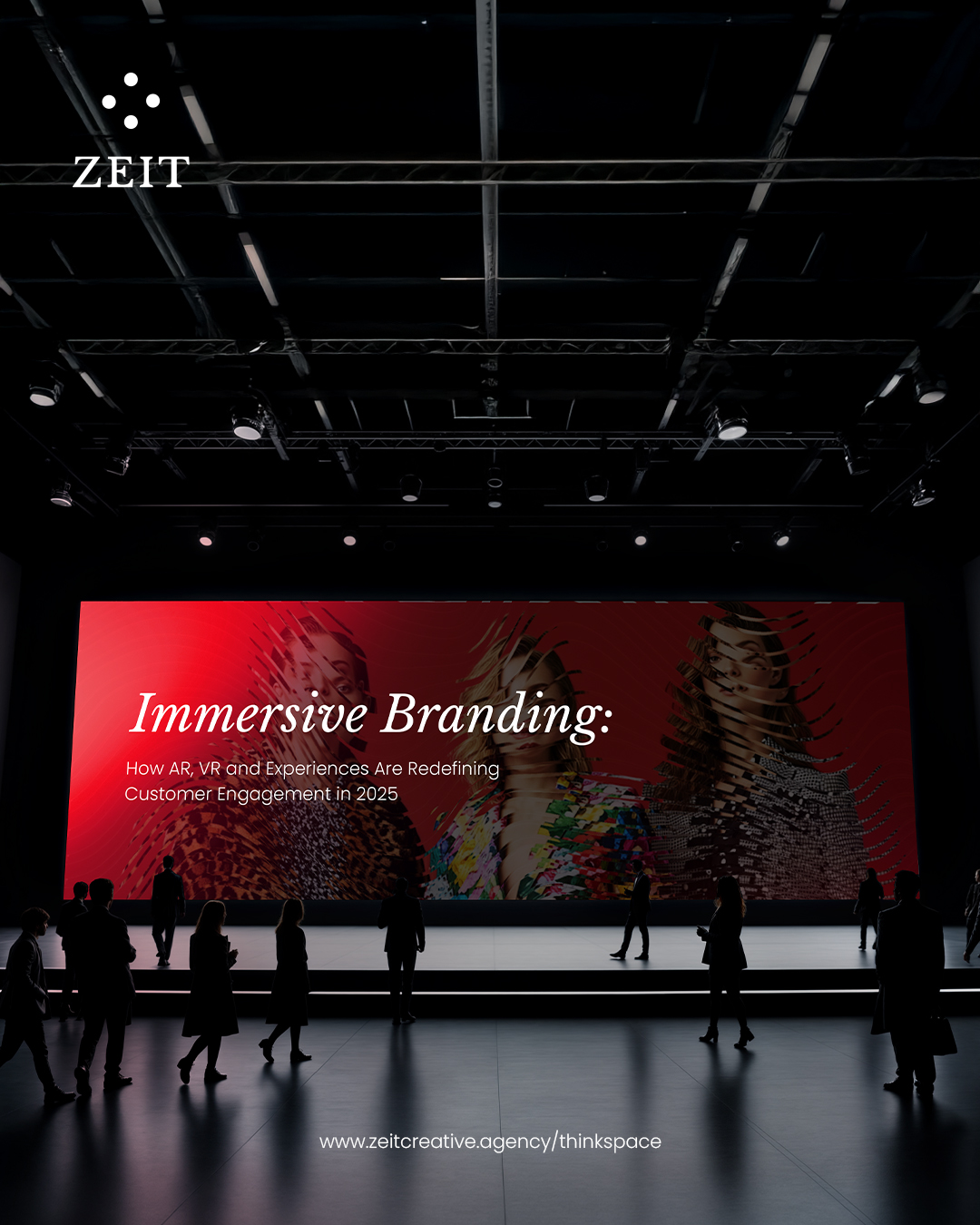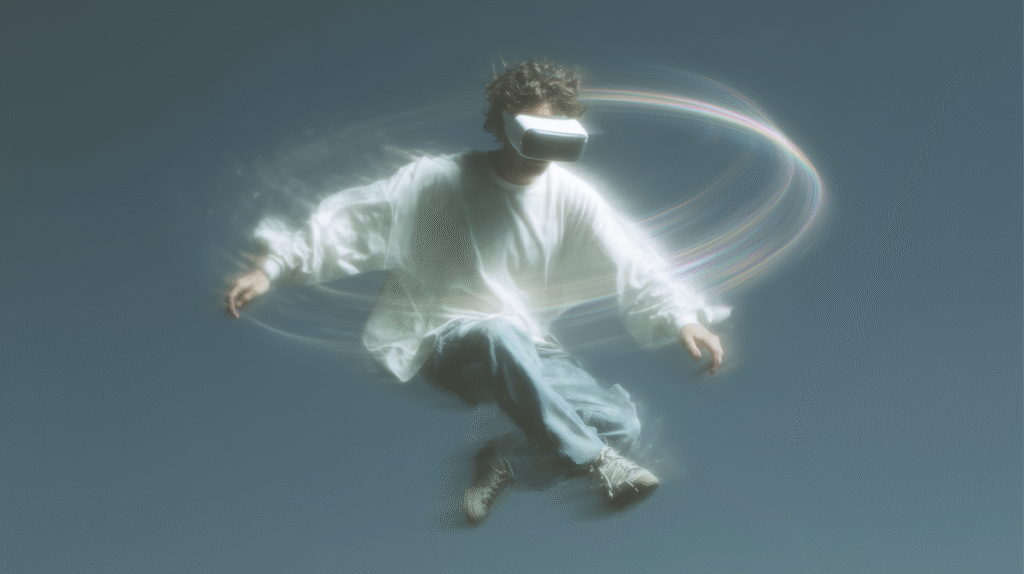
In the fast-paced world of modern business, simply having a logo or a catchy slogan is no longer enough. Brands today must do more than just communicate—they need to create experiences that captivate, engage, and resonate with their audiences. One of the most powerful trends in 2025 is immersive branding, which leverages technology, creativity, and interactivity to bring customers closer to the brand.
What is Immersive Branding?

Immersive branding is about making your audience step inside your brand world. It transforms traditional marketing into interactive experiences that go beyond passive observation. Using technologies like Augmented Reality (AR), Virtual Reality (VR), and experiential activations, businesses can create memorable moments that leave lasting impressions.
Unlike static advertising, immersive branding encourages participation. Customers don’t just see your product—they interact with it, explore it, and feel connected to your story.
How AR and VR Are Changing the Game
AR and VR have become accessible and increasingly effective tools for creating immersive experiences:
- Augmented Reality (AR): AR overlays digital elements onto the real world, allowing customers to engage with products in their own environment. Think trying on virtual sunglasses, testing furniture in your living room, or experimenting with makeup shades on your phone.
- Virtual Reality (VR): VR creates entirely digital environments where users can explore products, services, or brand worlds. Real estate agencies, for example, now offer fully immersive virtual property tours that let potential buyers experience a home before visiting physically.
These technologies make it possible to engage users in a way that feels personal and tailored, fostering stronger emotional connections with your brand.
Experiential Branding Beyond Technology
Immersive experiences aren’t only digital. Experiential branding in the physical world is equally important:
- Pop-up events: Short-term, interactive installations that allow customers to engage directly with products.
- Interactive billboards: Outdoor advertising that responds to movement, touch, or environmental factors.
- Gamified campaigns: Turning marketing into playful challenges or competitions that reward customer engagement.
Such campaigns create memorable, shareable moments. Customers often document these experiences on social media, expanding your brand reach organically.
Why Immersive Branding Works
There are several reasons why immersive branding is a game-changer for businesses in 2025:
- Higher Engagement: Customers are more likely to spend time interacting with an immersive experience than they are with a traditional advert.
- Emotional Connection: Participation creates stronger emotional bonds, increasing loyalty and brand recall.
- Social Amplification: Interactive experiences are more shareable on social media, creating organic buzz.
- Informed Decisions: Virtual try-ons and 3D visualisations help customers make more confident purchasing decisions.
In short, immersive branding isn’t just about being flashy—it’s about building trust, encouraging exploration, and enhancing the overall customer journey.
How Businesses Can Get Started
Even smaller businesses can embrace immersive branding without enormous budgets:
- Start with AR filters on social media: Simple Instagram or TikTok filters can give your audience a playful, interactive experience.
- Create virtual product demos: Use 360° videos or VR environments to showcase products and services.
- Host micro-events: Even small-scale pop-ups or interactive installations can create memorable experiences.
- Gamify your campaigns: Include challenges, quizzes, or contests that encourage participation and sharing.
The Future of Immersive Branding
As technology becomes more advanced and accessible, immersive branding will continue to grow. Businesses that integrate interactivity into their marketing will have a distinct advantage, as consumers increasingly demand engaging, humanised, and personalised experiences.
In 2025, immersive branding is not a luxury—it is a necessity. It allows companies to stand out, connect meaningfully with their audience, and create experiences that linger long after the first interaction.
You may Also Like:
Conversational Branding: Giving Your Business a Human Voice in the Age of AI
